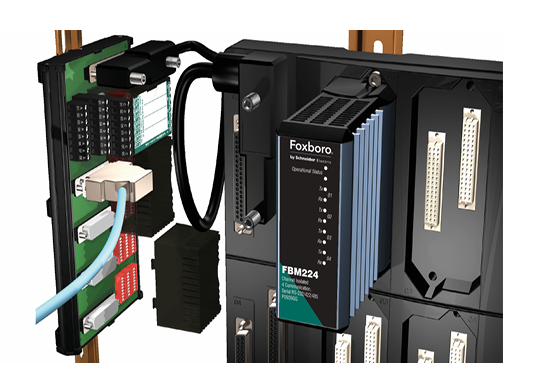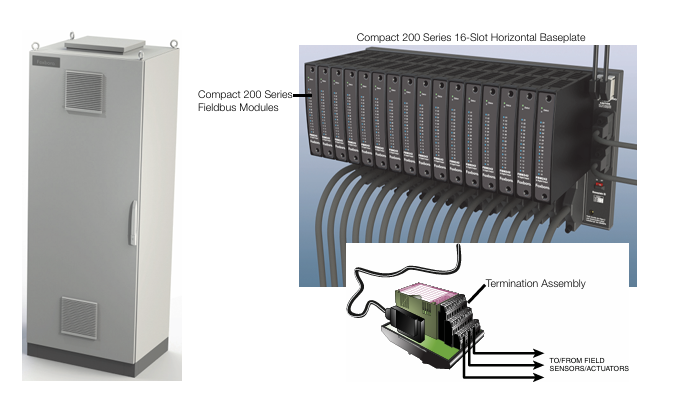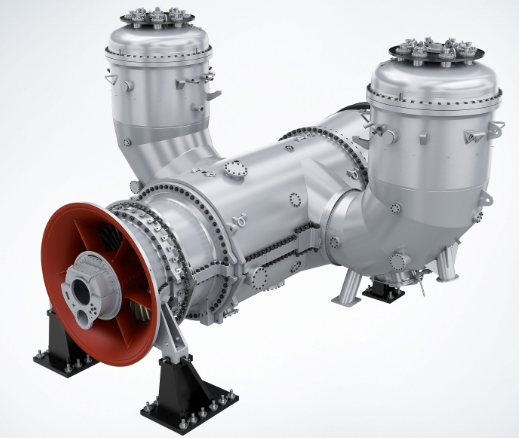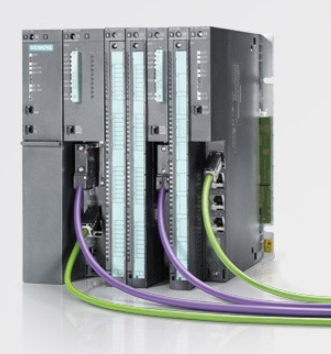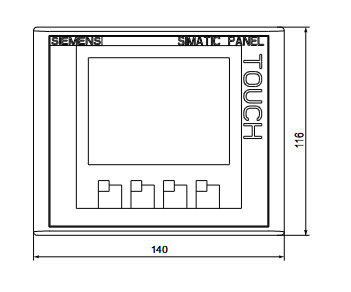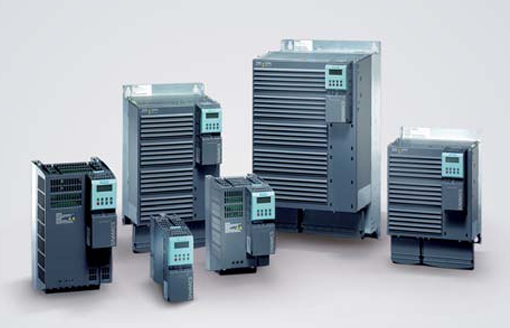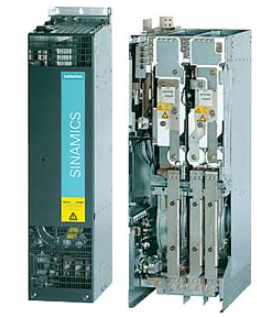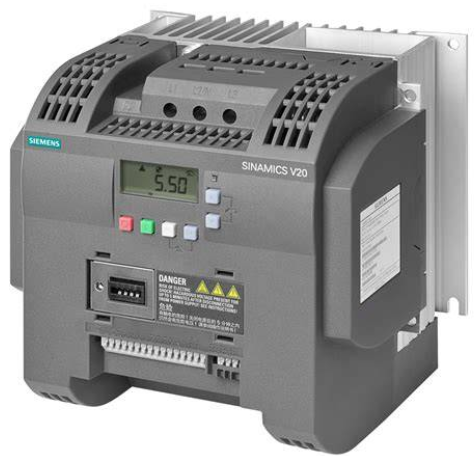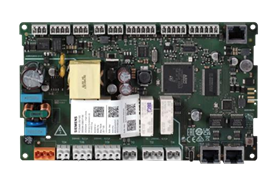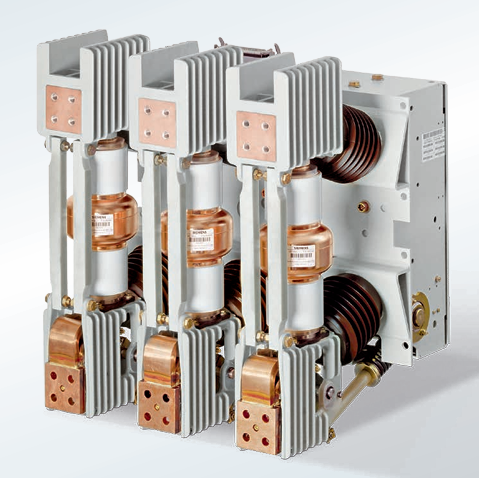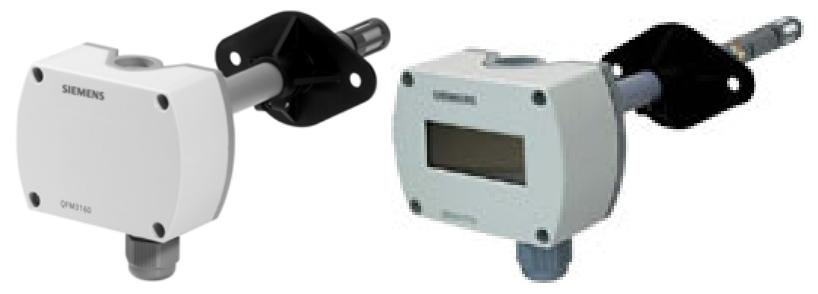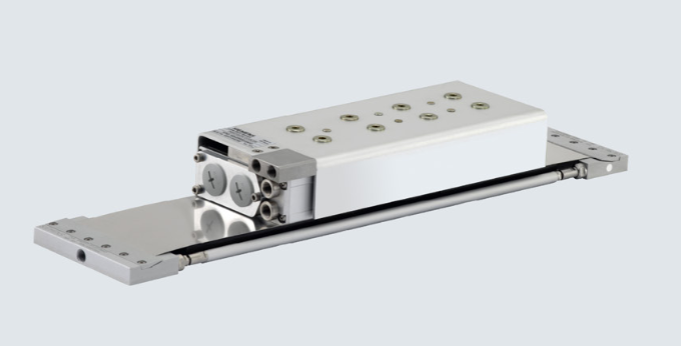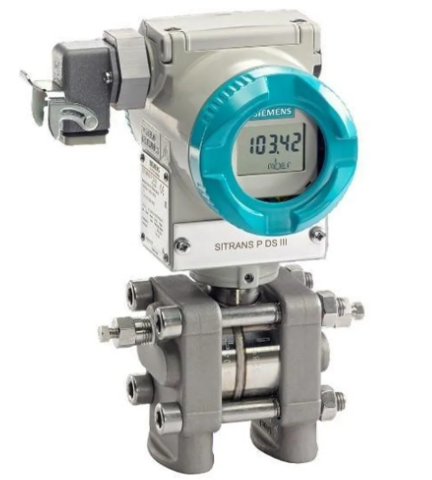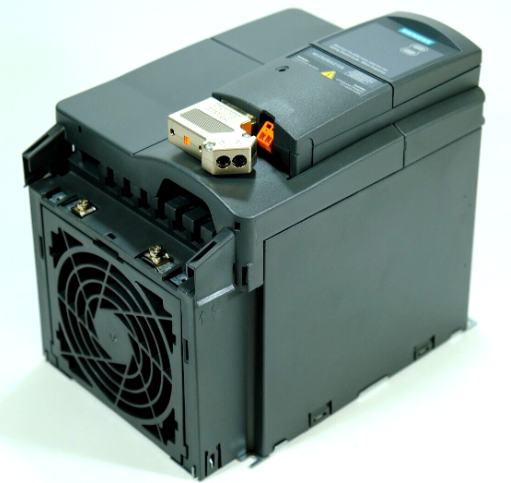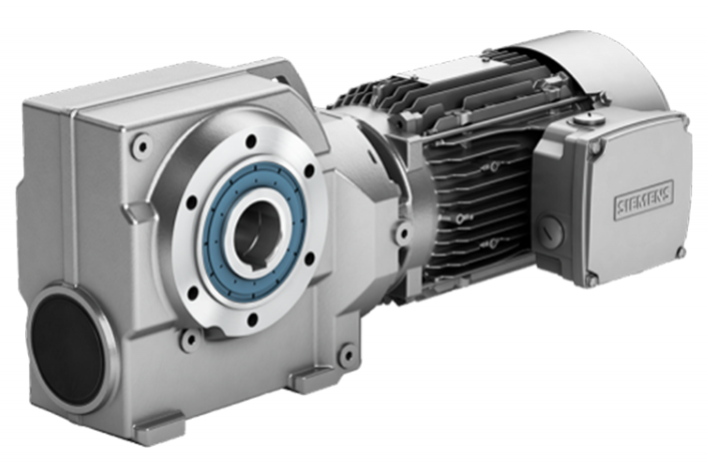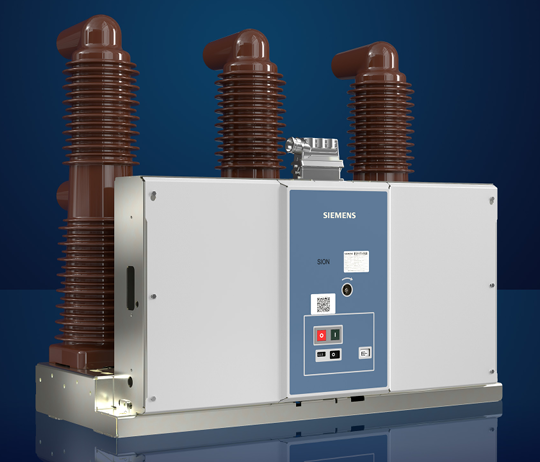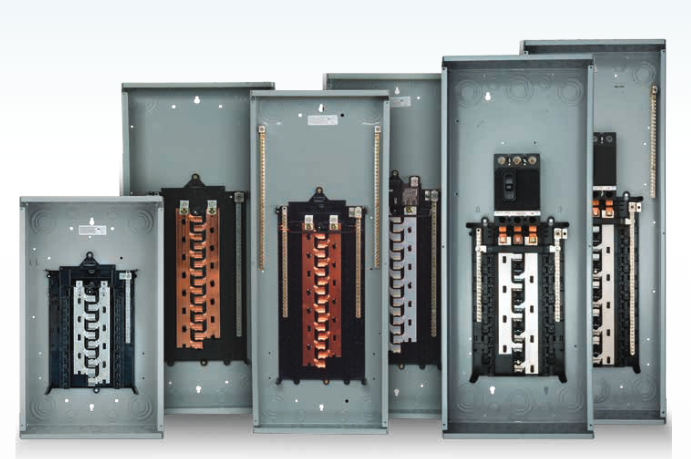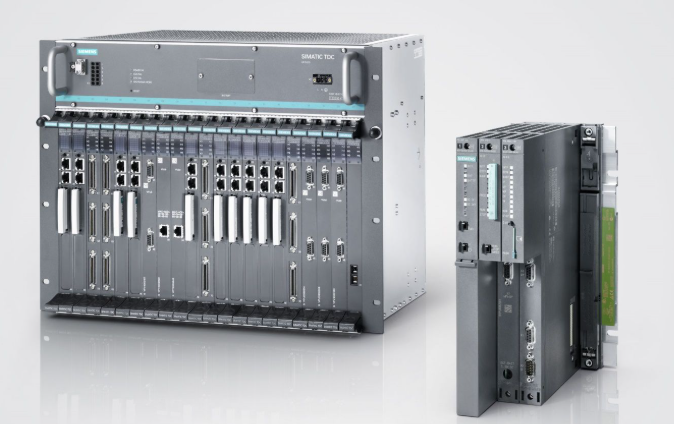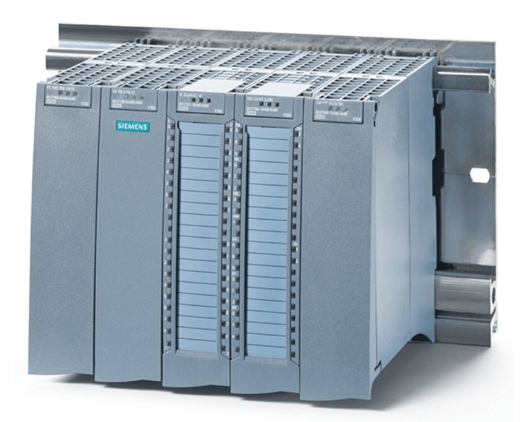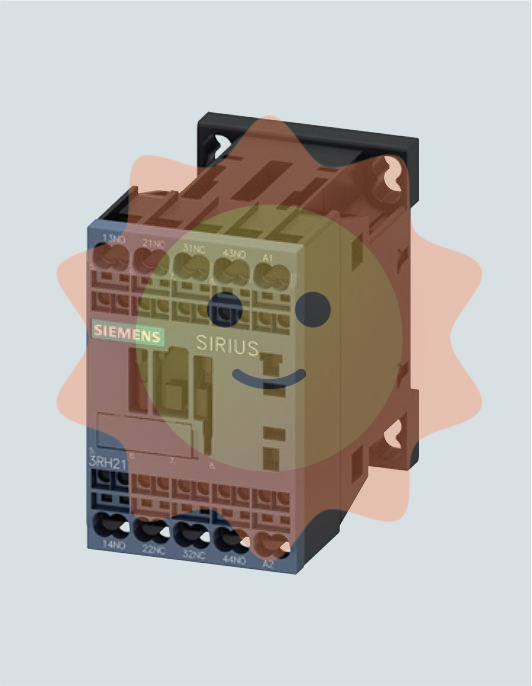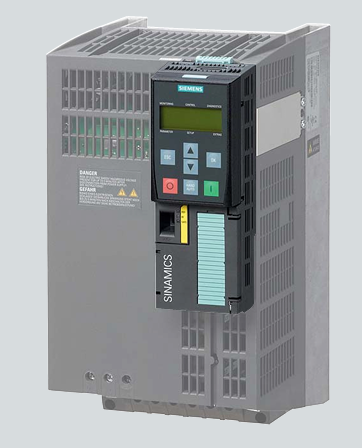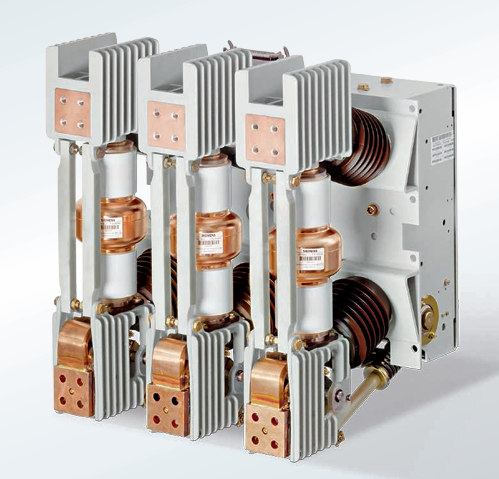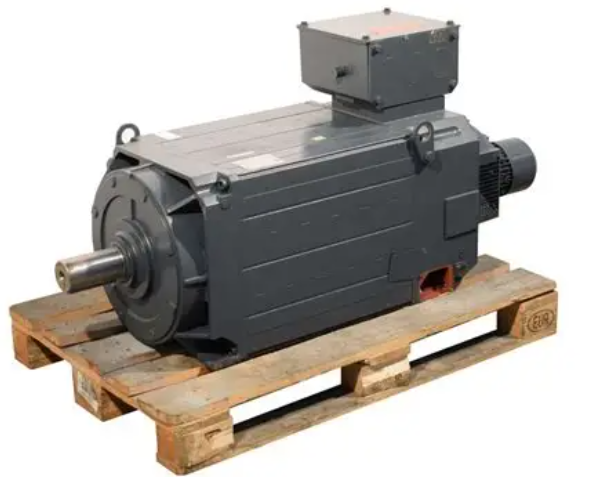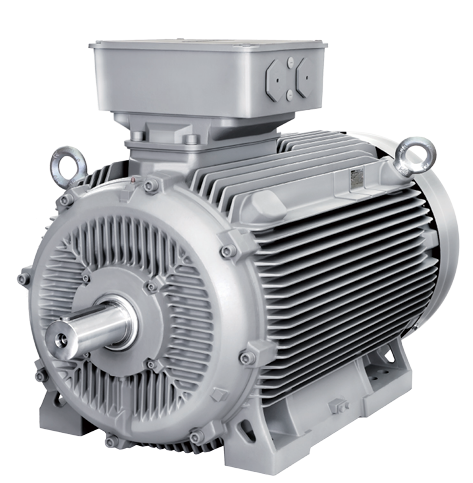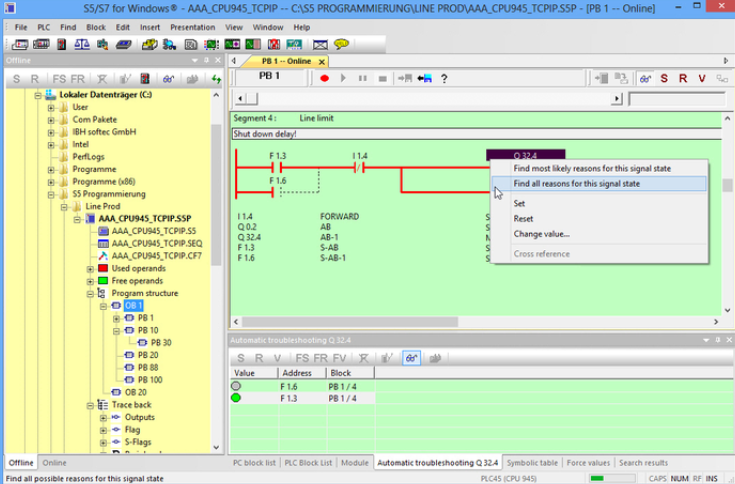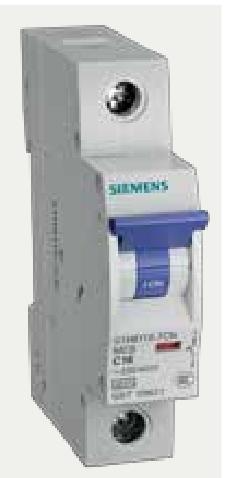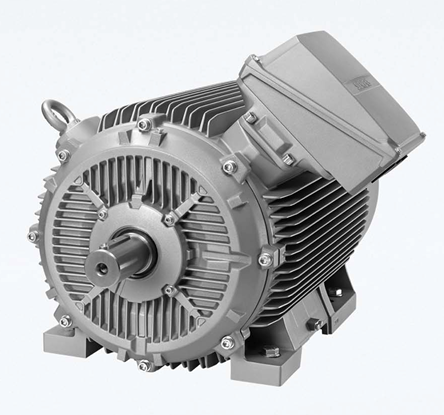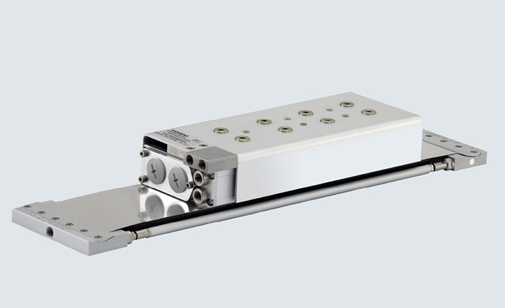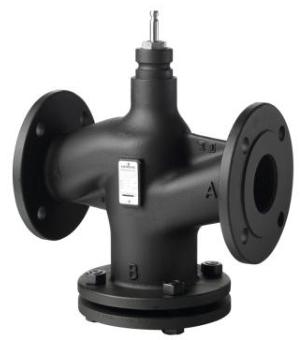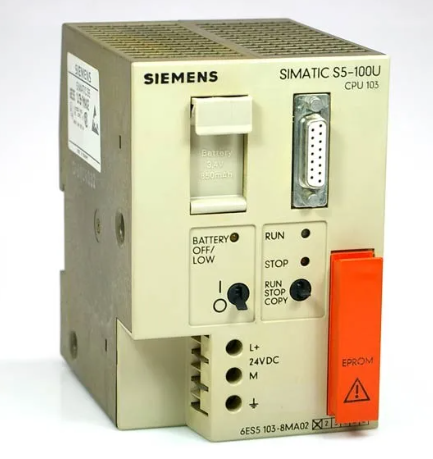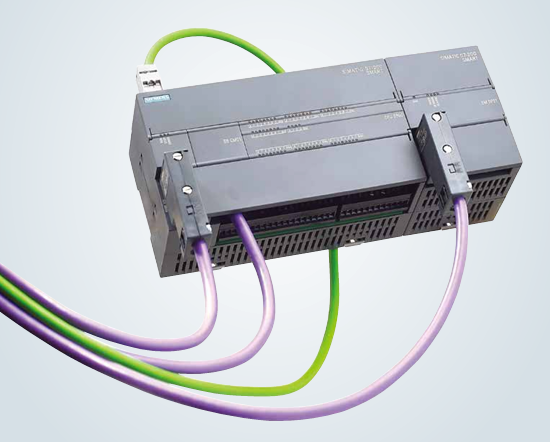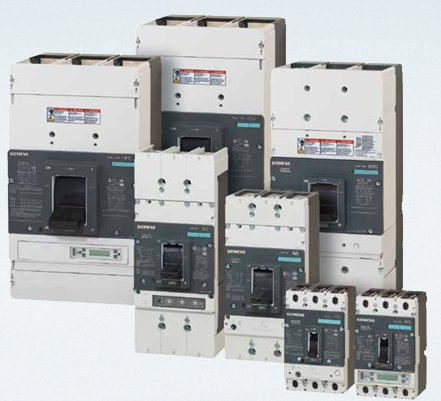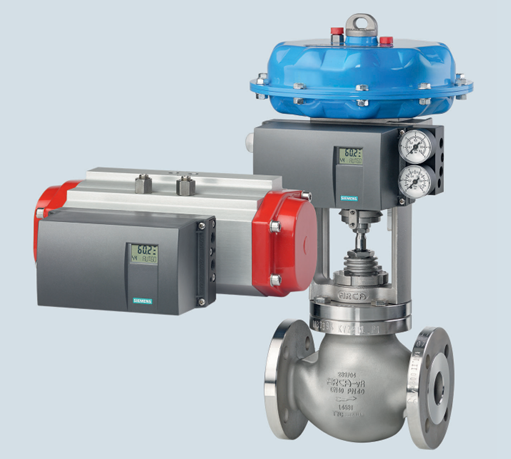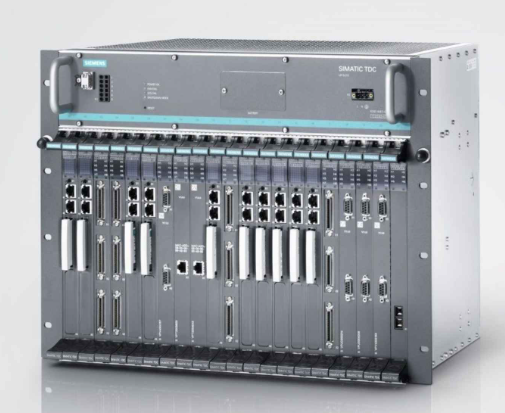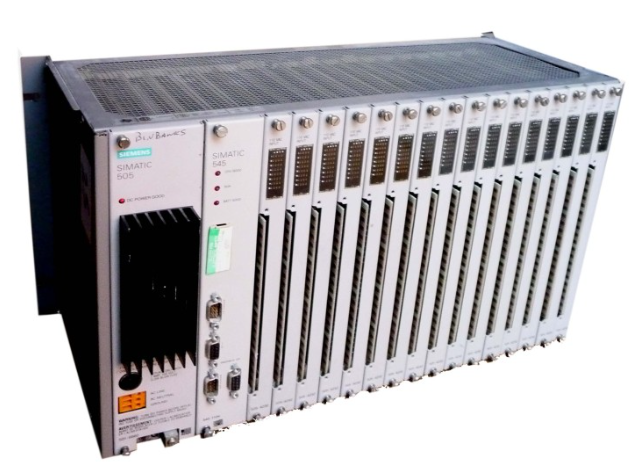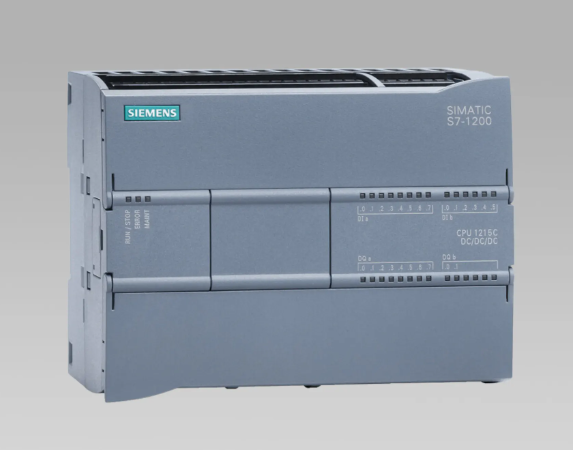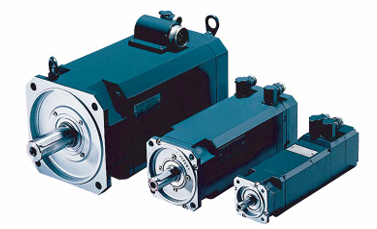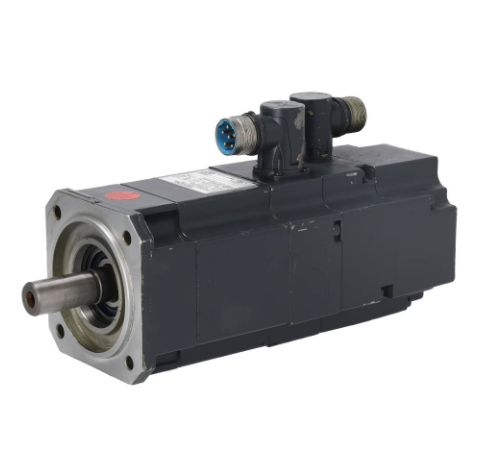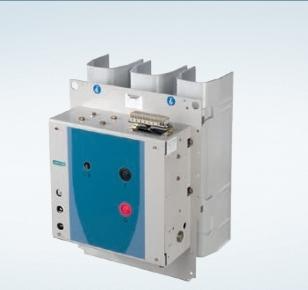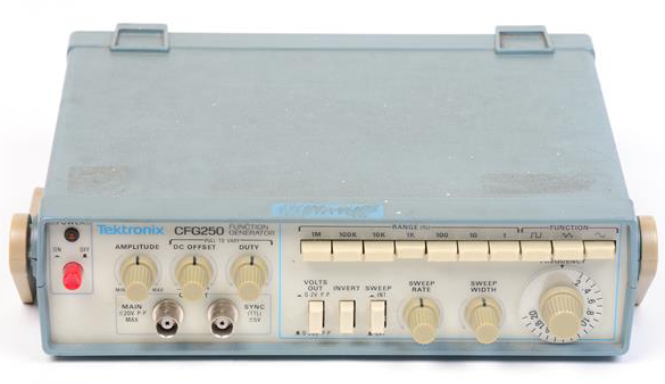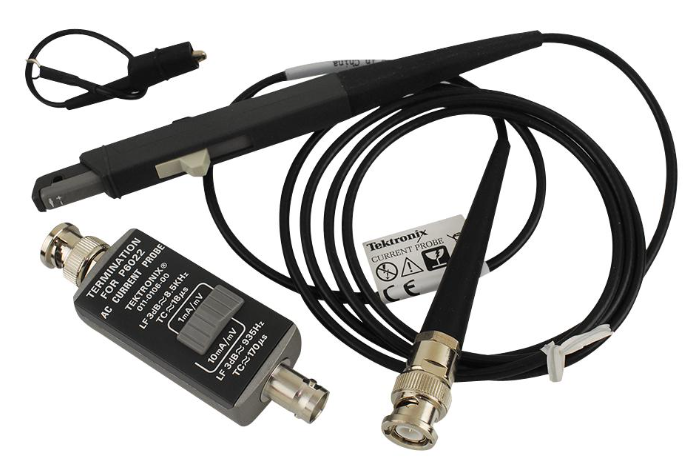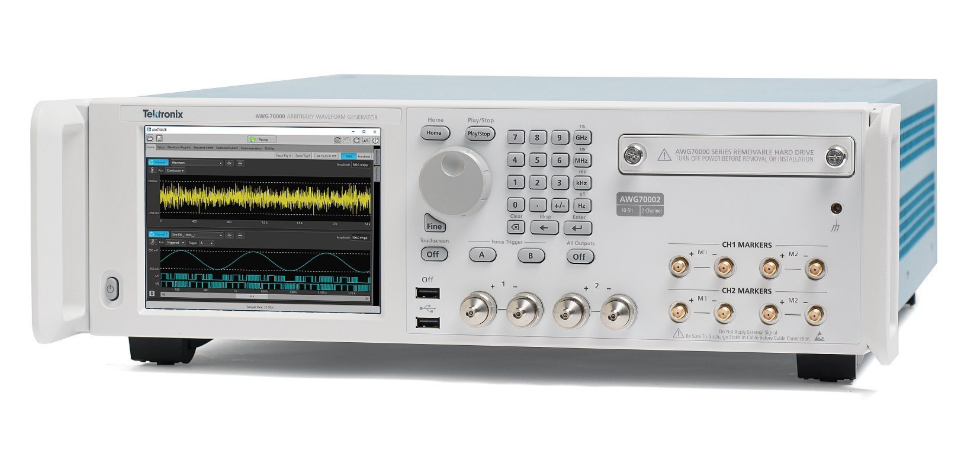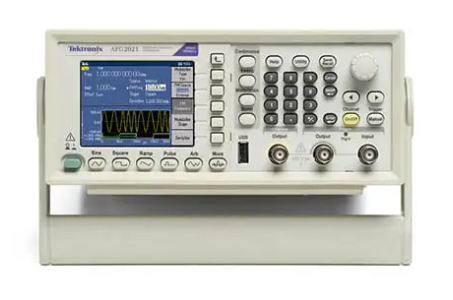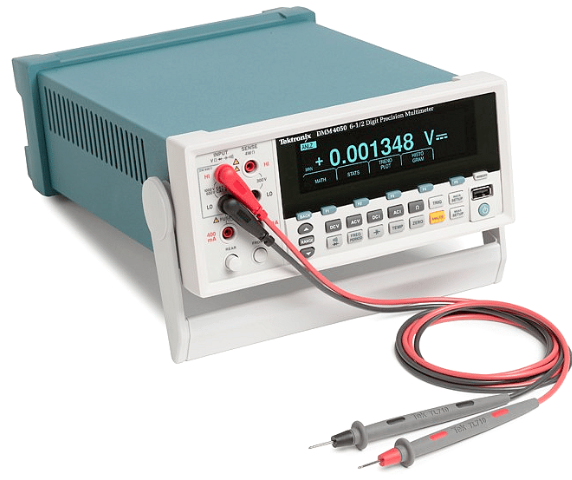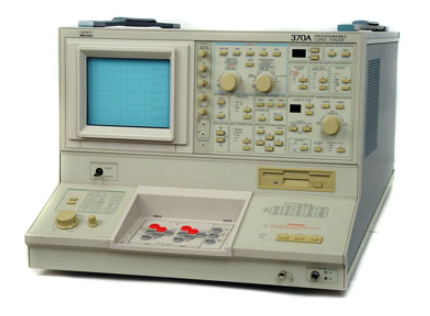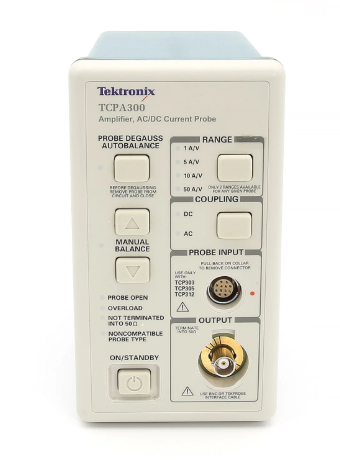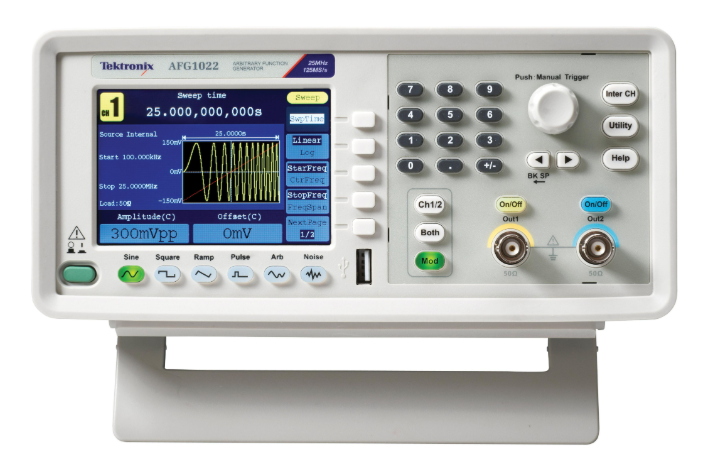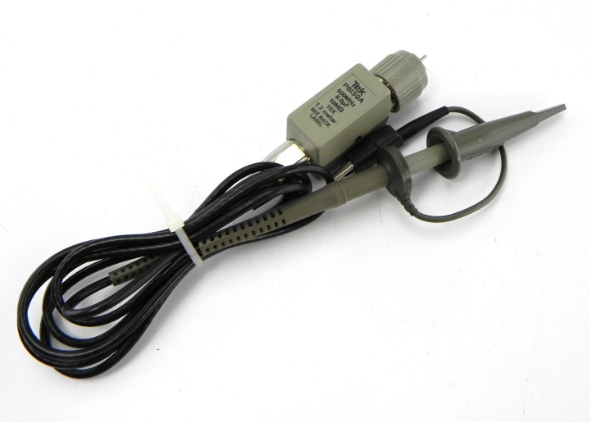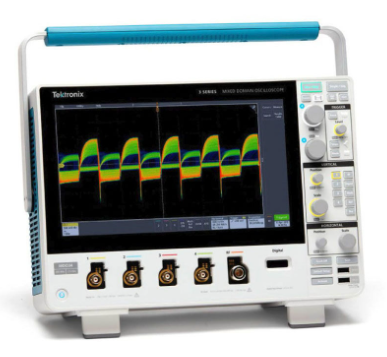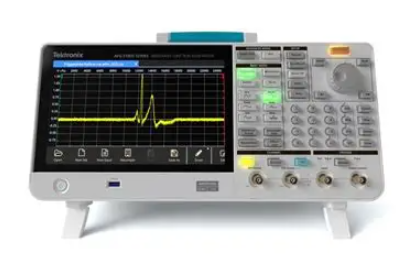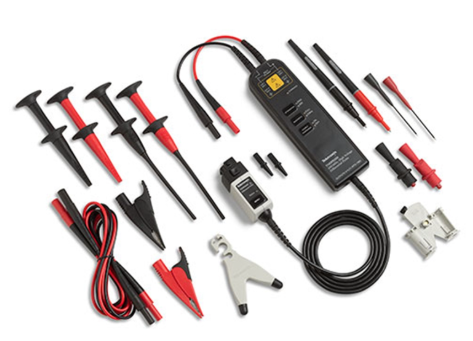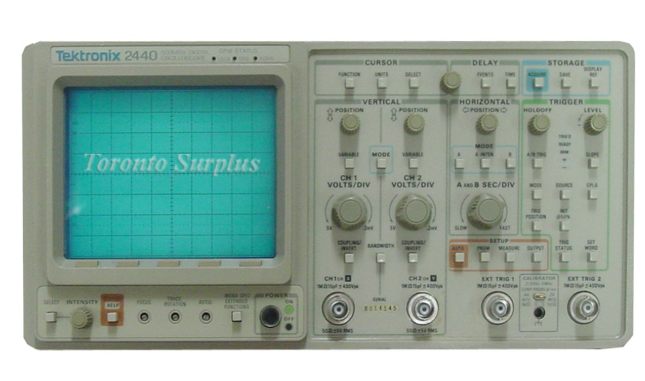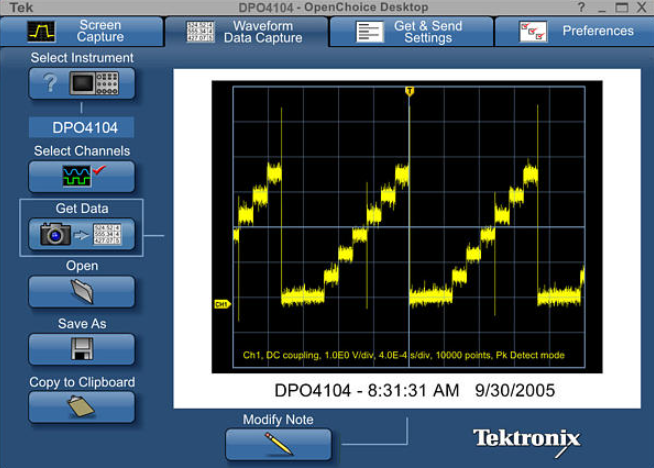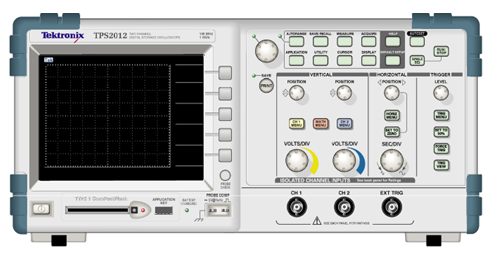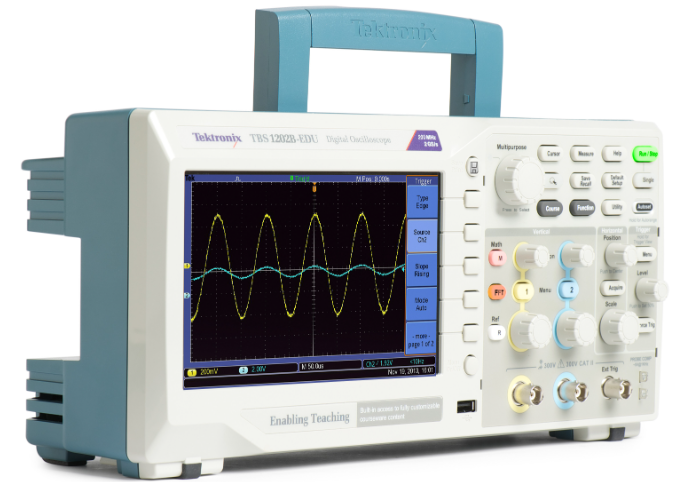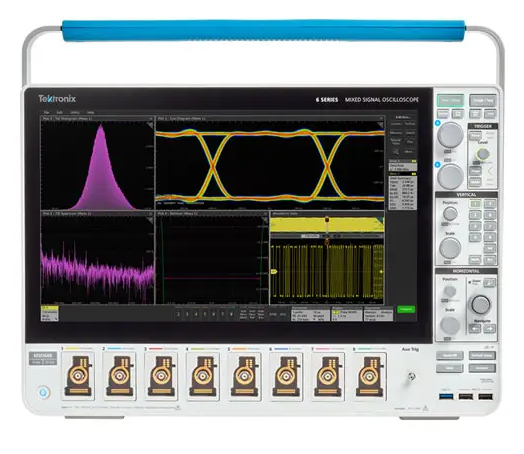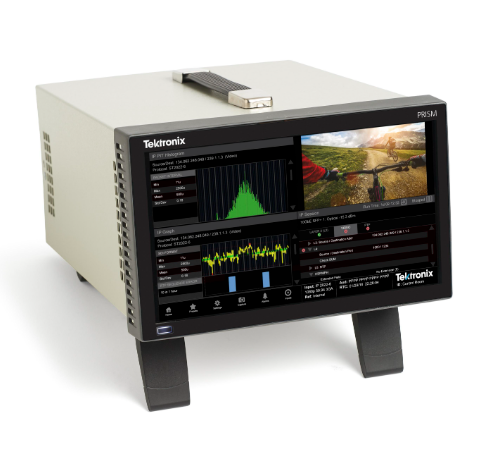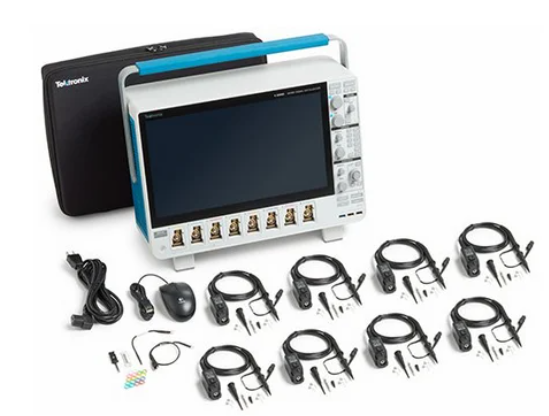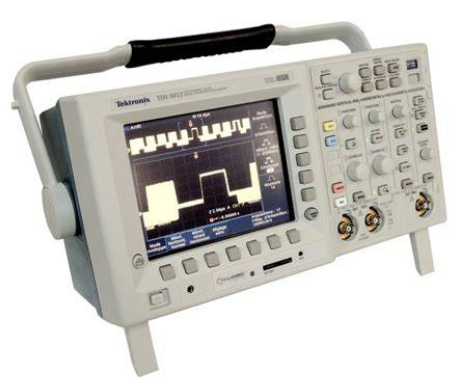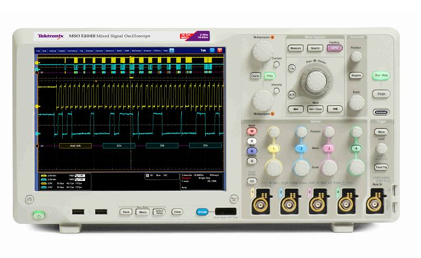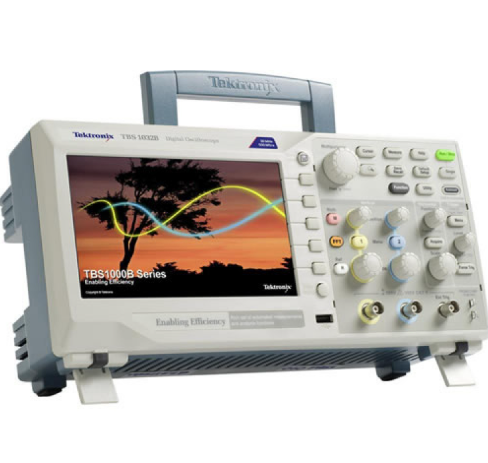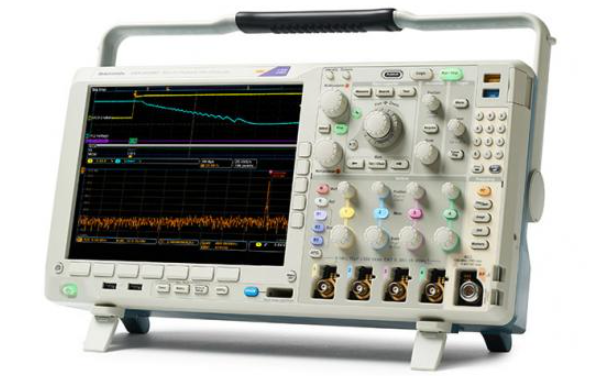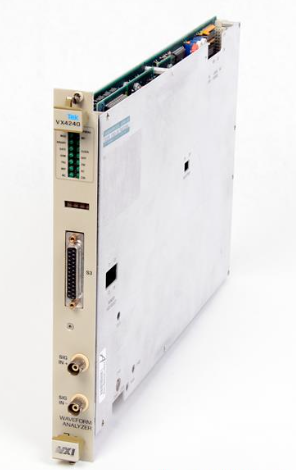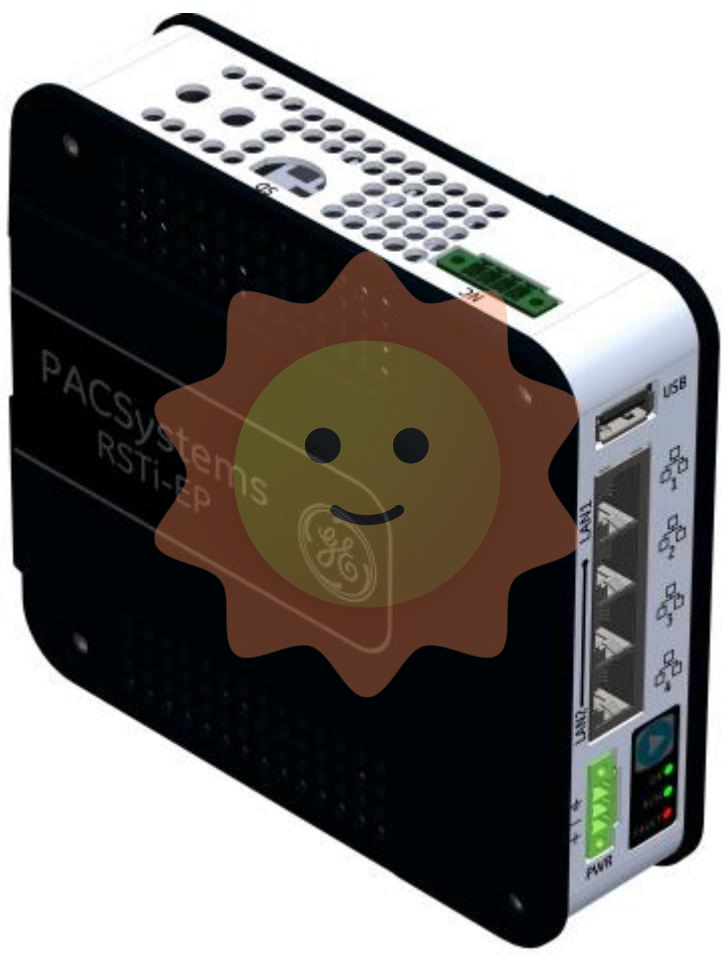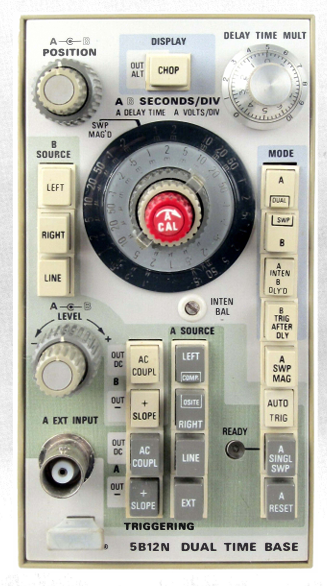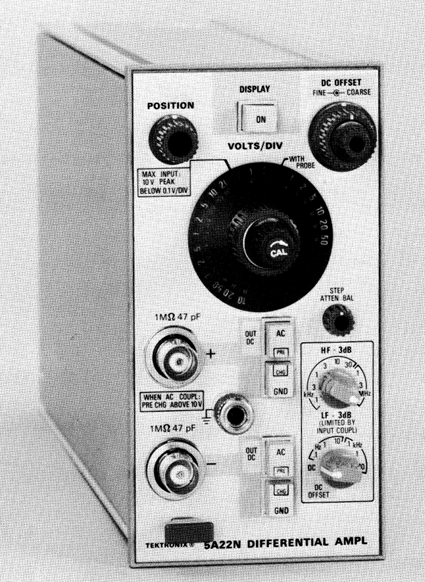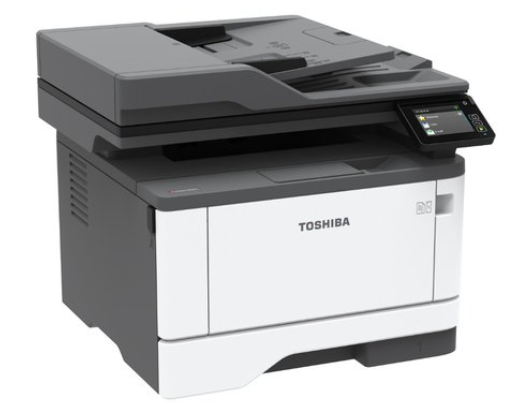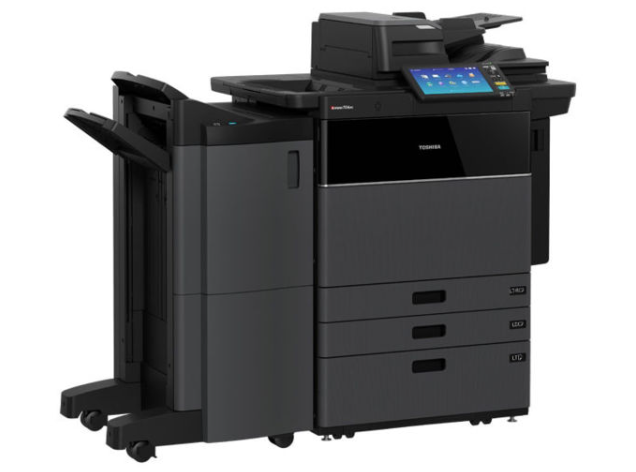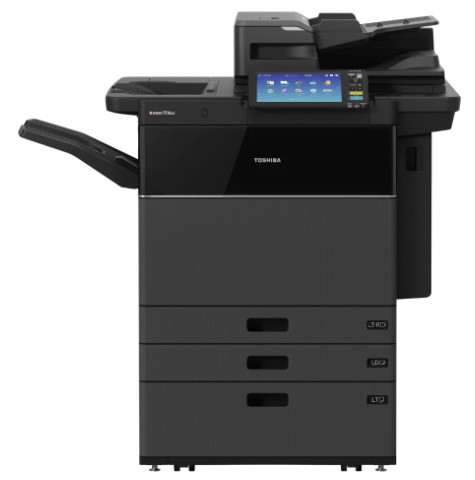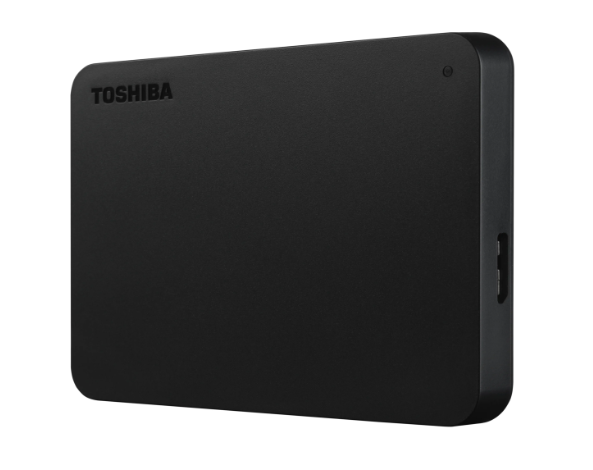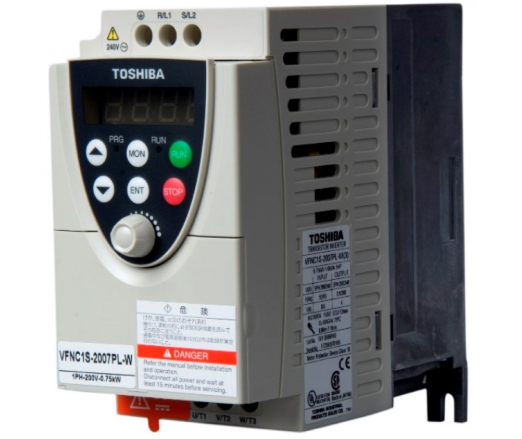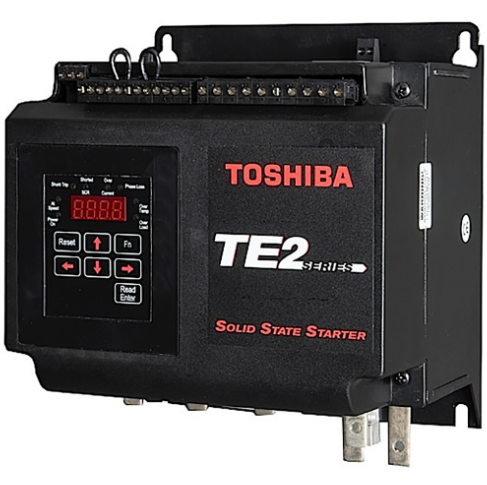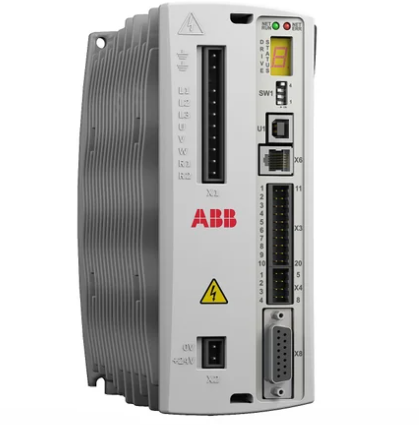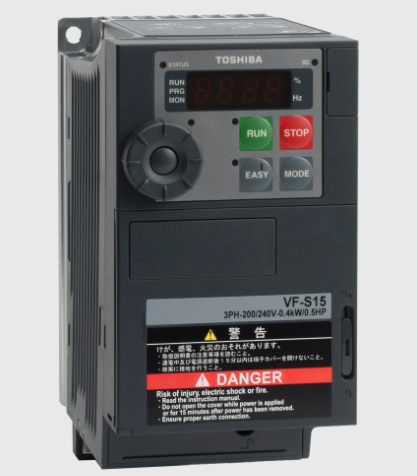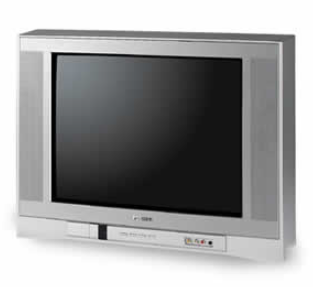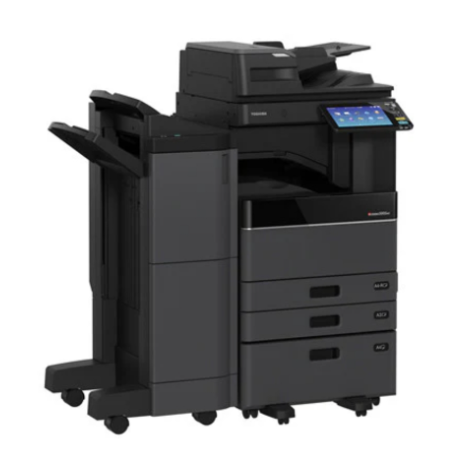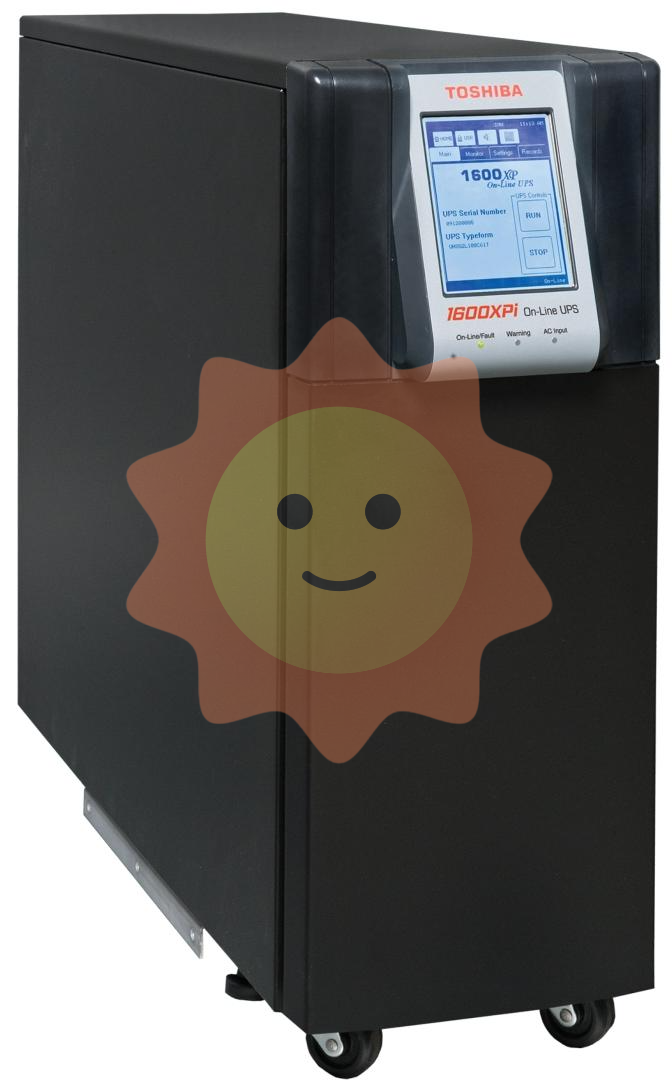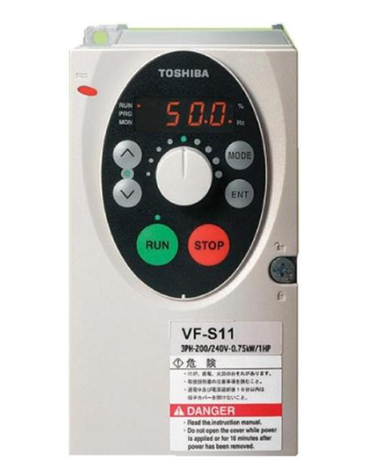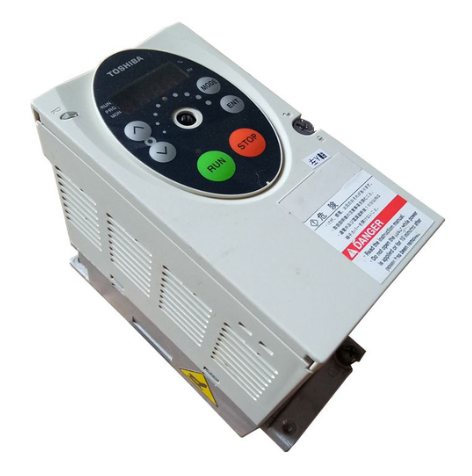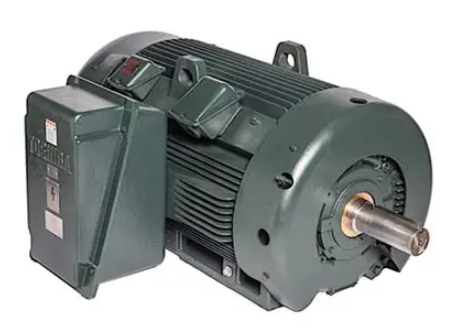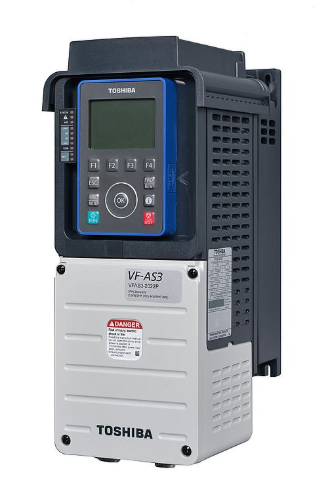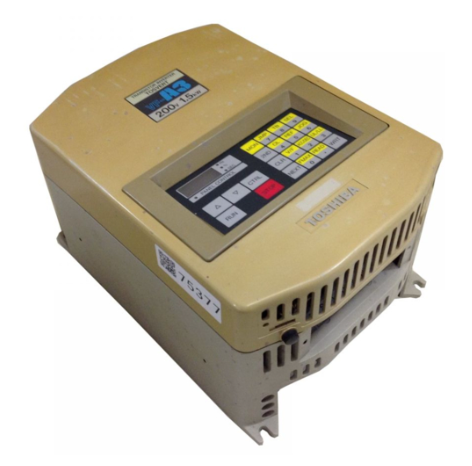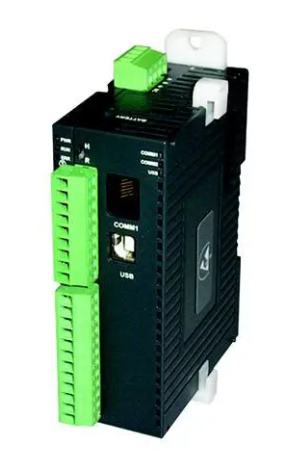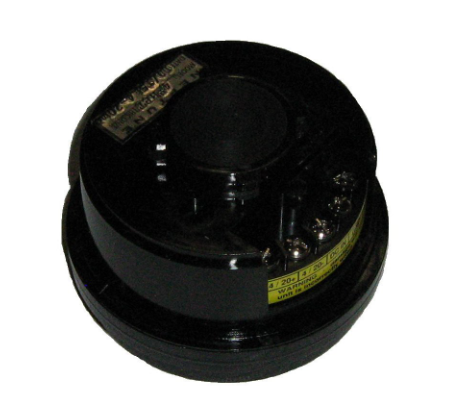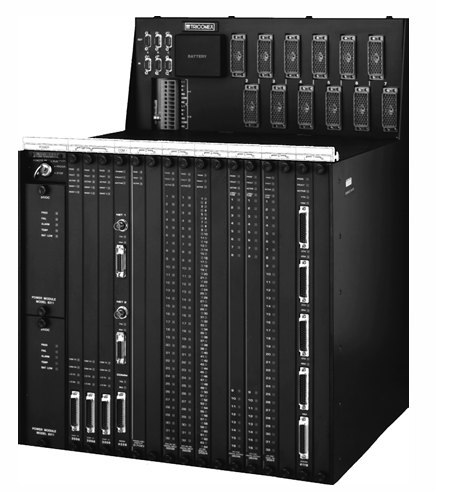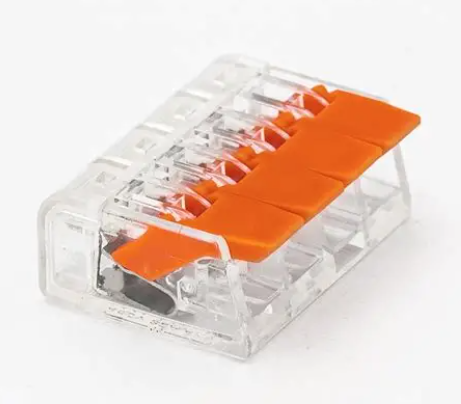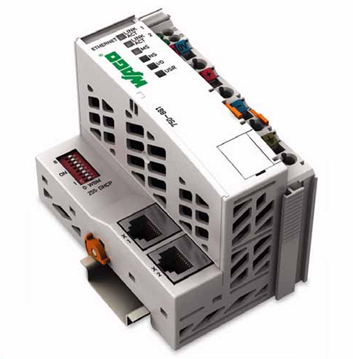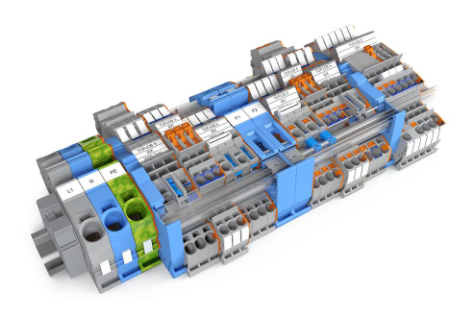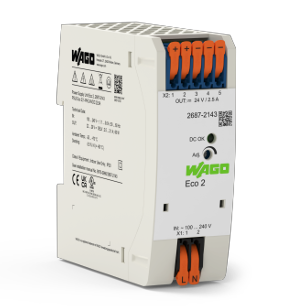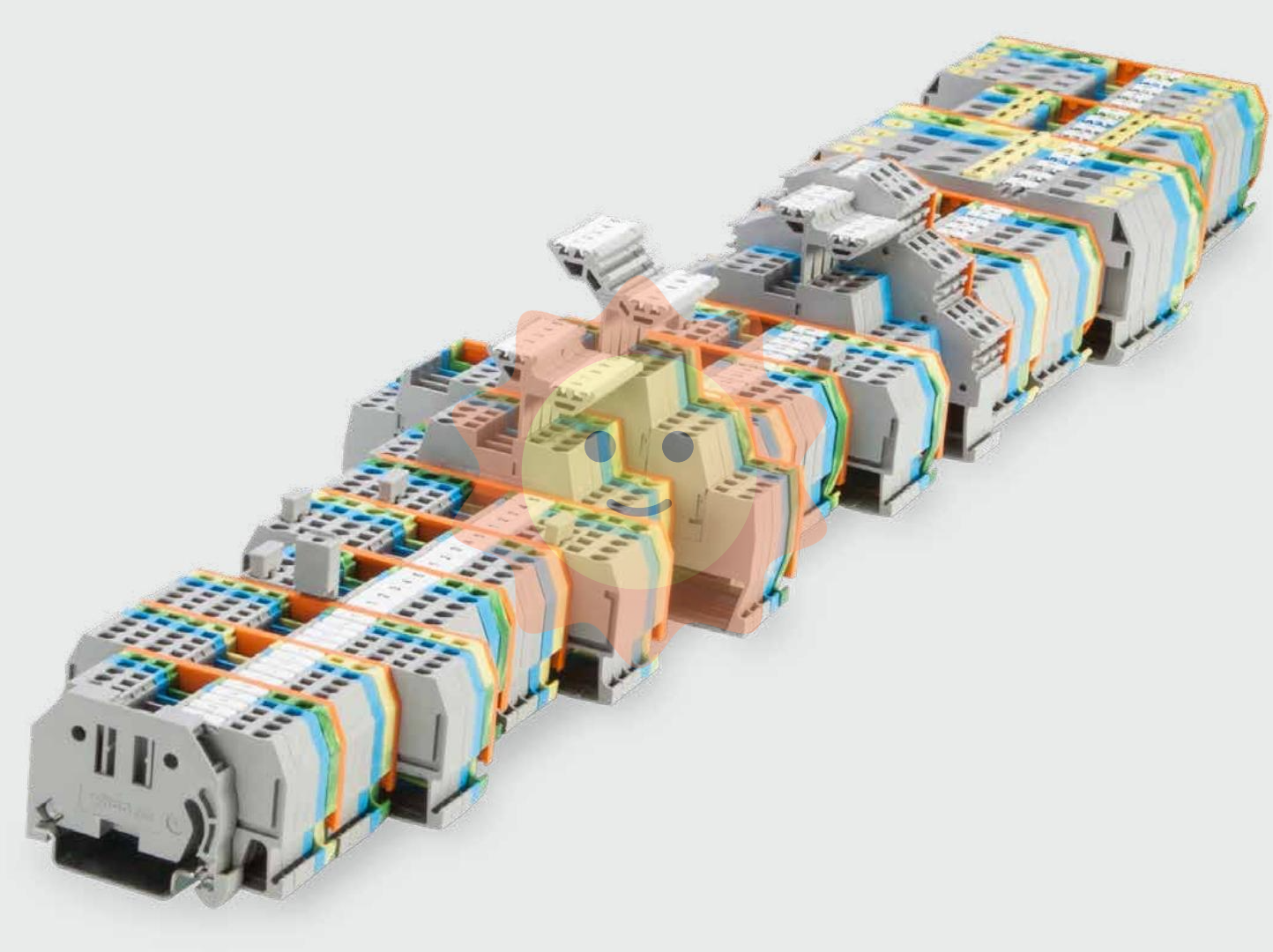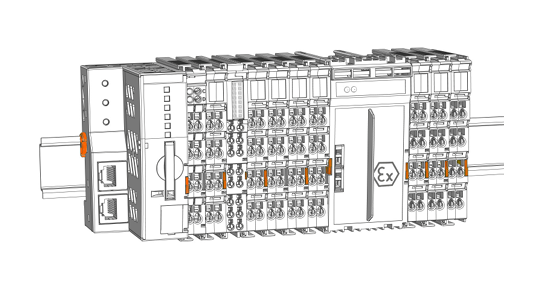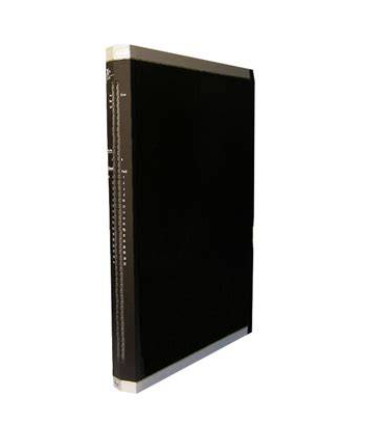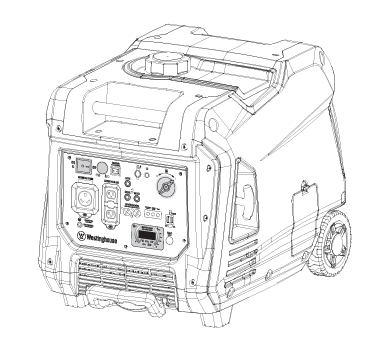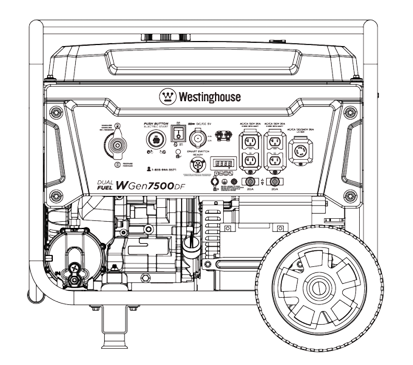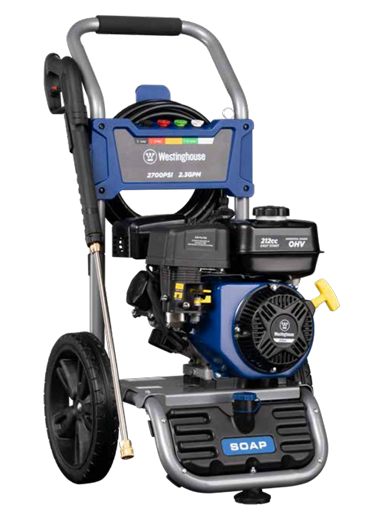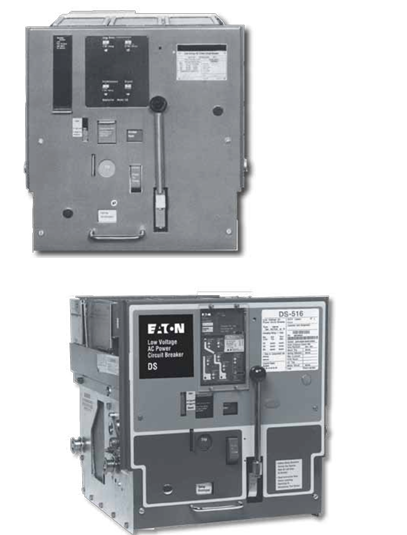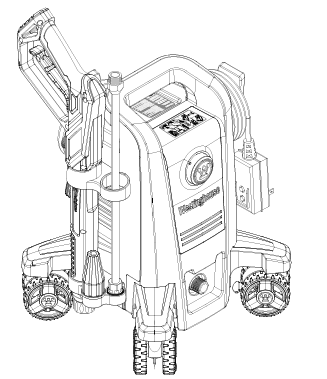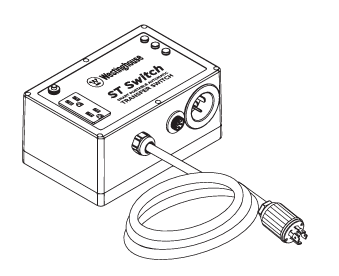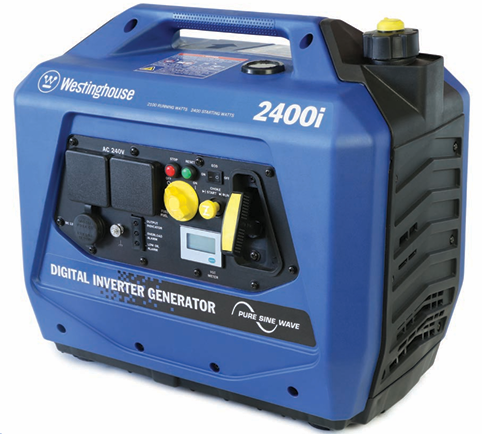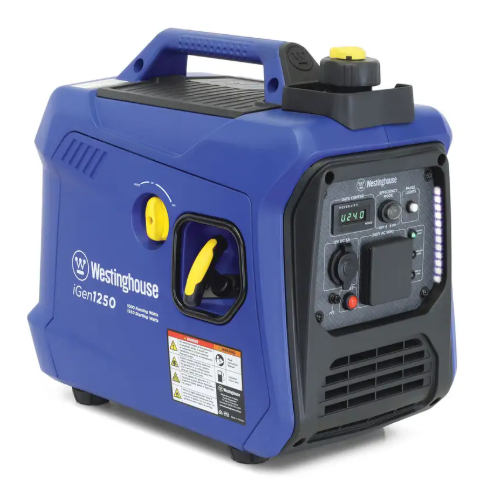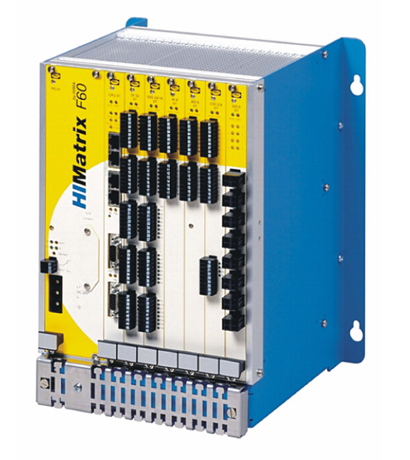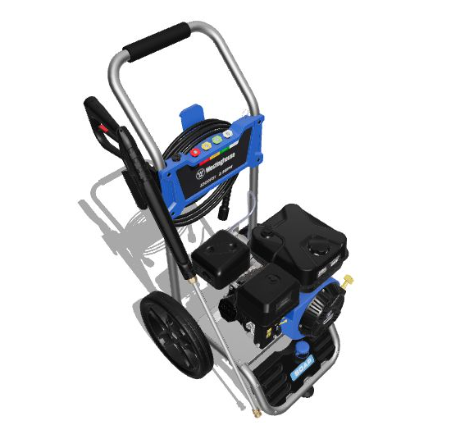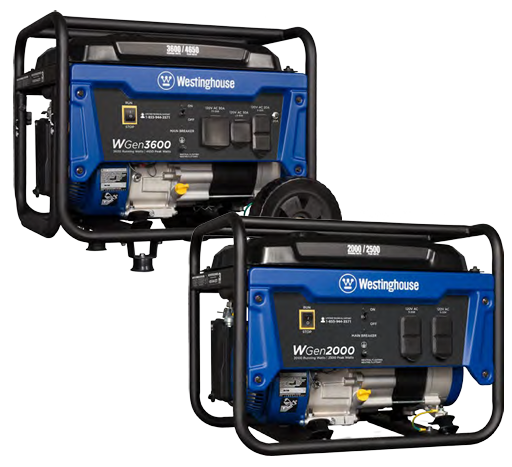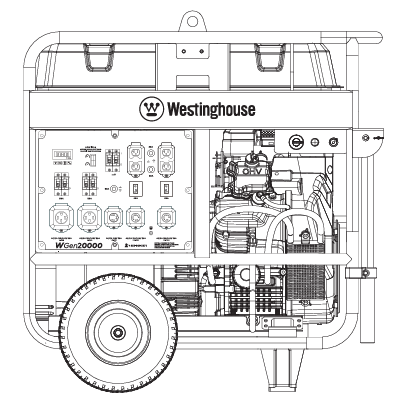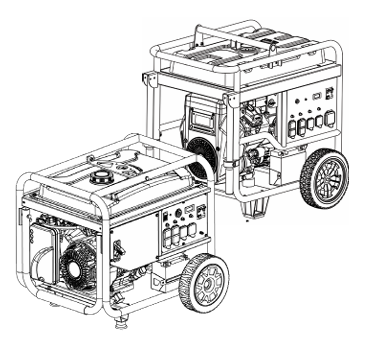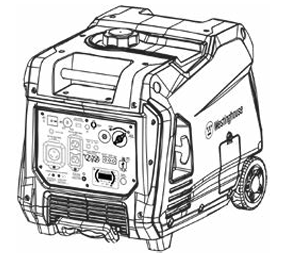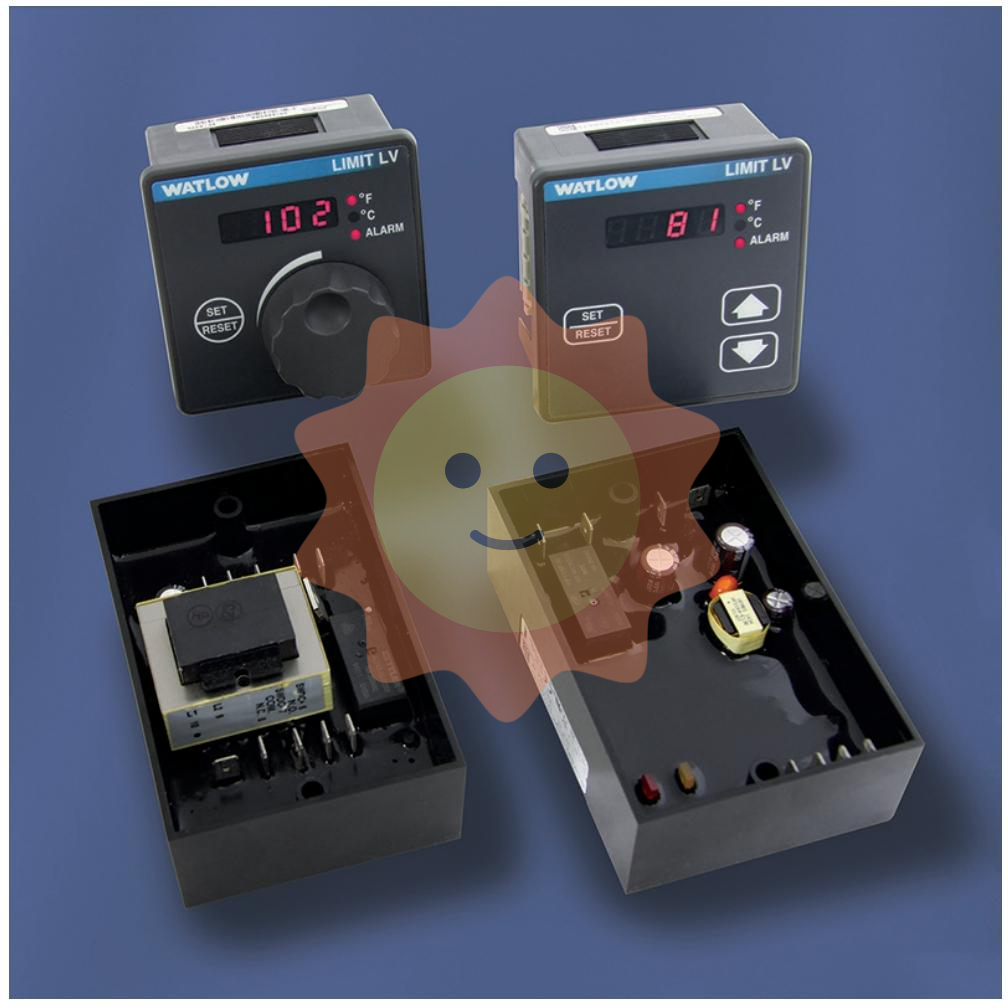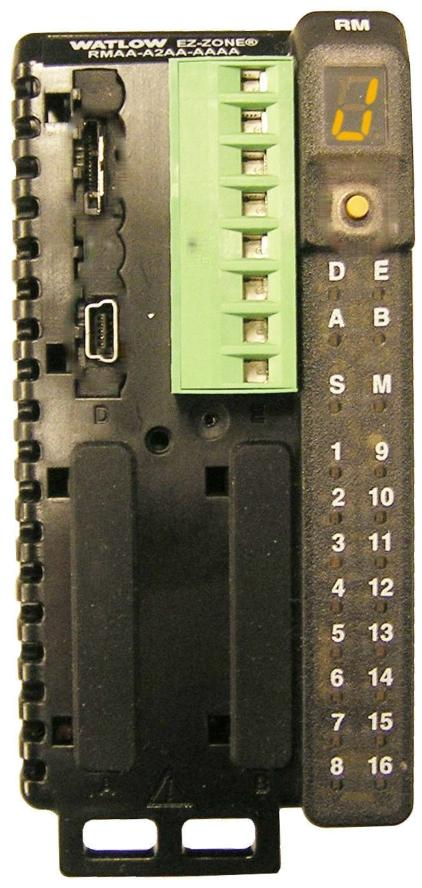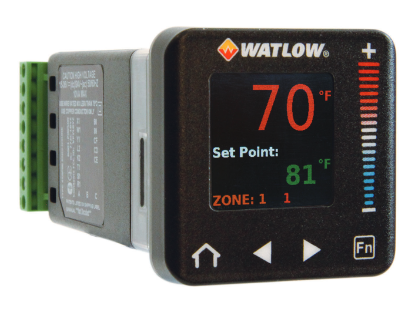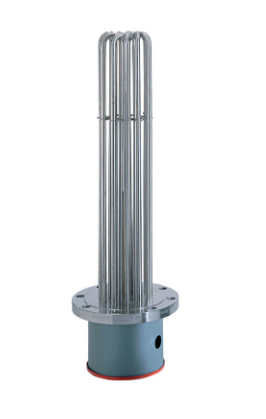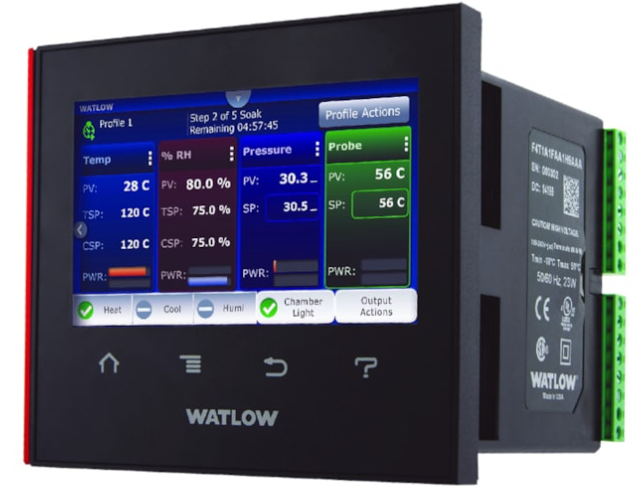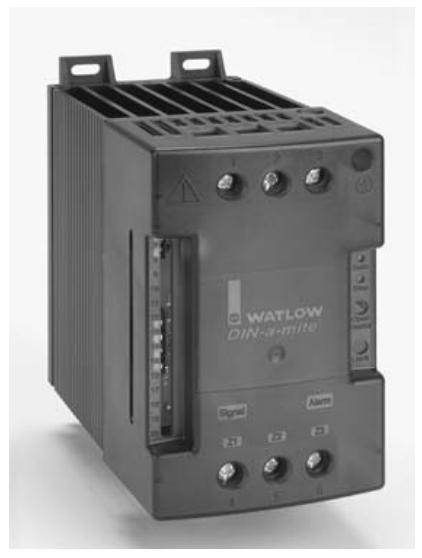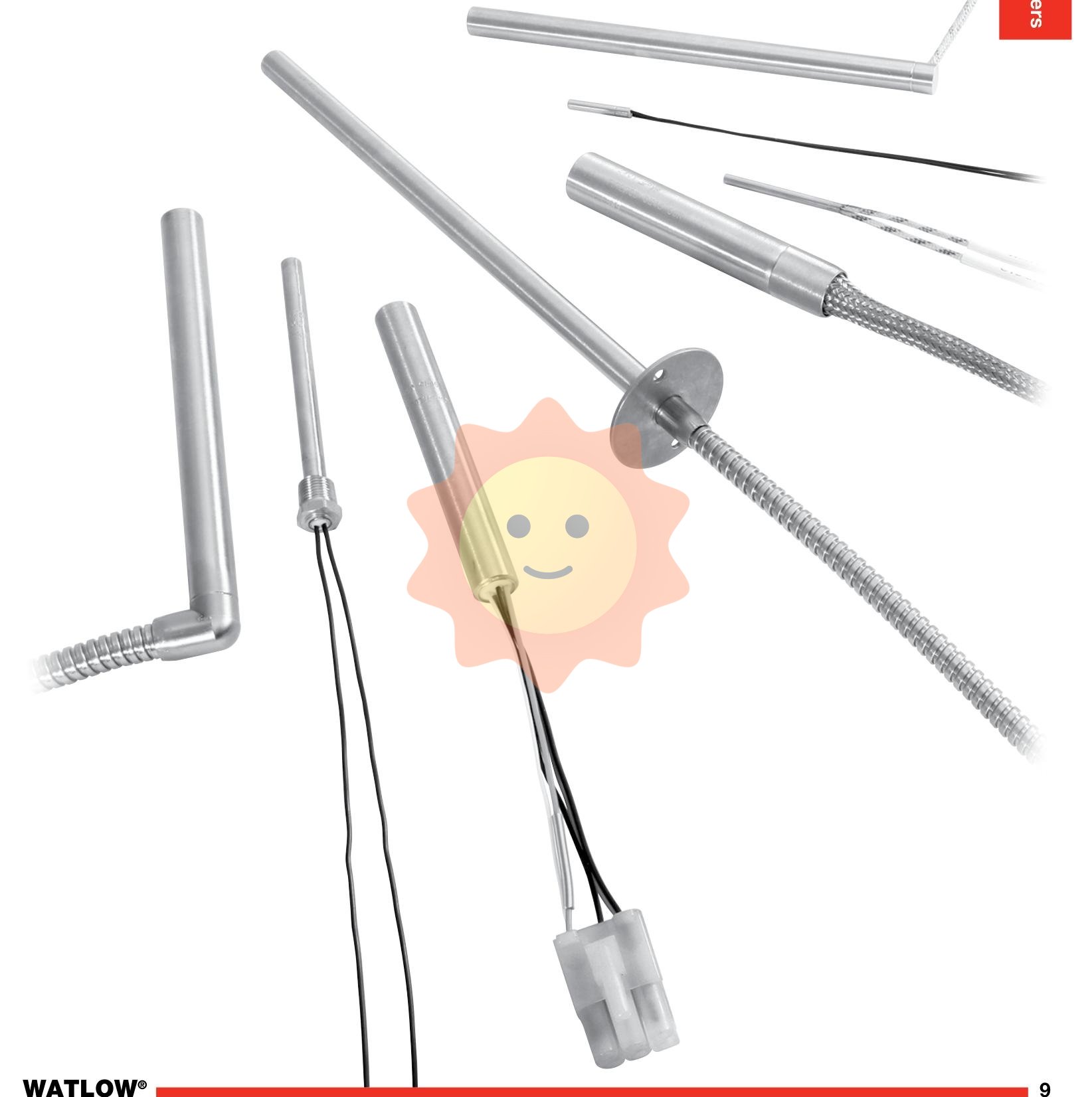ABB NPBS01 IEEE-488 Parallel Bus Slave Module
Basic Information
External dimensions: 2.0 inches long, 7.0 inches wide, 13.0 inches high, which translates into centimetres of approximately 5.1cm x 17.8cm x 33.0cm; weight 0 pounds 9.0 ounces, or 0.3kg.
Country of origin: Sweden.
Functionality
Compliance with IEEE-488 standard: The module follows the IEEE-488 bus standard, adopts bit-parallel and byte-serial bi-directional asynchronous mode for signal transmission, supports bus connection, can connect up to 15 devices, with a maximum transmission distance of 20 metres, and a transmission speed of up to 1 MB/s.
Realisation of Slave Function: As a slave module, it can receive commands and data from the master device on the IEEE-488 bus and carry out corresponding operations according to these commands, such as data acquisition, device control, etc. At the same time, it can also send data to the master device. At the same time, it can also send data and status information to the master device, realising two-way communication between master and slave devices.
Performance Parameters
Data transmission rate: The IEEE-488 bus can transmit data at a high rate, which can meet the data communication needs of industrial control systems with high real-time requirements, such as in some specific applications, the data transmission rate can reach 240k bytes/second.
Reliability: the use of high-quality electronic components and advanced manufacturing processes, has a high degree of reliability and stability, can be in the harsh industrial environment of long-term stable operation, reduce the module failure caused by system downtime.
Compatibility: Good compatibility with other devices of ABB Bailey Infi 90 and Net 90 series, which can be seamlessly integrated into these systems to build a complete industrial automation control system together.
Areas of application
Industrial automation control system: In the automated production lines of chemical, petroleum, electric power, metallurgy, pharmaceutical and other industries, it can be used to connect a variety of intelligent instruments, sensors, actuators and other equipment to achieve fast and reliable data communication between these devices and the control system, so as to ensure the efficient operation and precise control of the production line.
Laboratory automation system: in all kinds of laboratories, it can be used to connect experimental instruments, data acquisition equipment, computers, etc., to realise the automatic acquisition, transmission and processing of experimental data, so as to improve the efficiency of the laboratory and the accuracy of experimental data.
Intelligent building automation system: In the automation system of intelligent buildings, it can be used to connect the control equipment of HVAC system, lighting system, lift system, security system, etc., to achieve centralised monitoring and intelligent management of building equipment.
Precautions
Installation and wiring: When installing, it should be ensured that the module is installed in a dry, well-ventilated environment without strong electromagnetic interference, and it should be installed and fixed according to the correct method. When wiring, attention should be paid to the length and connection of the bus cable to avoid signal attenuation and communication failure due to long cable or poor connection.
Configuration and programming: Before use, the module needs to be configured and programmed correctly to ensure that it can communicate and work with other devices in the system. Configuration and programming are usually carried out by professional technicians according to specific application requirements.
Maintenance and upkeep: The module needs to be inspected and maintained on a regular basis, such as cleaning the surface of the module, checking the connecting lines and interfaces, and checking the heat dissipation, etc., so as to find and deal with potential problems in time to ensure the long-term stable operation of the module.

- User name Member Level Quantity Specification Purchase Date
- Satisfaction :
-









Email:wang@kongjiangauto.com

